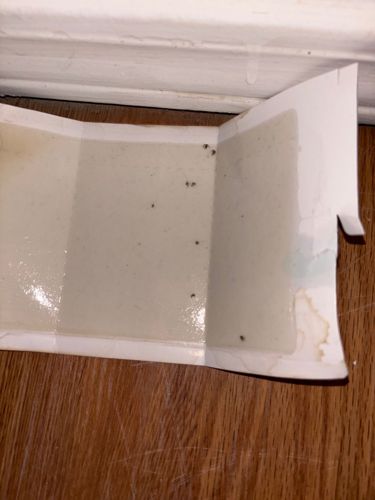Fungus Gnat
Scientific Name: Sciaridae (various species)
Order & Family: Diptera (flies), Sciaridae (dark-winged fungus gnats) or Mycetophilidae (fungus gnats)
Size: 2-8 mm (adults)

Natural Habitat
Damp, organic-rich environments, such as potting soil of houseplants, greenhouses, compost piles, and areas with decaying plant material. Indoors, they are often associated with overwatered plants.
Diet & Feeding
Larvae feed on fungi, decaying plant matter, and plant roots (especially fine root hairs). Adult fungus gnats do not feed significantly and are mainly concerned with reproduction.
Behavior Patterns
Adults are weak fliers and are often seen near host plants or crawling on surfaces. They are attracted to light and moisture. Larvae live in the soil and can cause damage to plant roots, particularly in young seedlings or stressed plants. Their life cycle typically takes 3-4 weeks, depending on temperature and humidity, and they can have multiple overlapping generations.
Risks & Benefits
Potential risks include damage to plant roots, especially in seedlings and houseplants, leading to wilting, stunted growth, and sometimes plant death. They are not known to bite humans or transmit diseases. Benefits are minimal, though their larval feeding contributes to the decomposition of organic matter in outdoor ecosystems.
Identified on: 9/26/2025